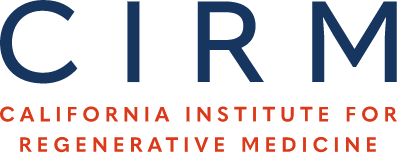Optimal trade-off control in machine learning-based library design, with application to adeno-associated virus (AAV) for gene therapy.
Publication Year:
2024
PubMed ID:
38266077
Public Summary:
Adeno-associated viruses (AAVs) hold tremendous promise as delivery vectors for gene therapies. AAVs have been successfully engineered—for instance, for more efficient and/or cell-specific delivery to numerous tissues—by creating large and diverse pools (“libraries”) of modified AAV vectors and selecting for desired properties. However, these starting libraries often contain a high proportion of defective variants that are unable to successfully assemble a virus containing the DNA of interest. Here we report a machine learning (ML) method to more efficiently design AAV libraries that achieve several fold increase in successful assembly with negligible reduction in viral protein diversity. We demonstrate that this method of AAV design yields approximately 10-fold more successful variants than a standard AAV library for infection of human brain tissue, leading to a promising glial cell-specific variant. This approach can be applied to other types of libraries for AAV and beyond.
Scientific Abstract:
Adeno-associated viruses (AAVs) hold tremendous promise as delivery vectors for gene therapies. AAVs have been successfully engineered-for instance, for more efficient and/or cell-specific delivery to numerous tissues-by creating large, diverse starting libraries and selecting for desired properties. However, these starting libraries often contain a high proportion of variants unable to assemble or package their genomes, a prerequisite for any gene delivery goal. Here, we present and showcase a machine learning (ML) method for designing AAV peptide insertion libraries that achieve fivefold higher packaging fitness than the standard NNK library with negligible reduction in diversity. To demonstrate our ML-designed library's utility for downstream engineering goals, we show that it yields approximately 10-fold more successful variants than the NNK library after selection for infection of human brain tissue, leading to a promising glial-specific variant. Moreover, our design approach can be applied to other types of libraries for AAV and beyond.



